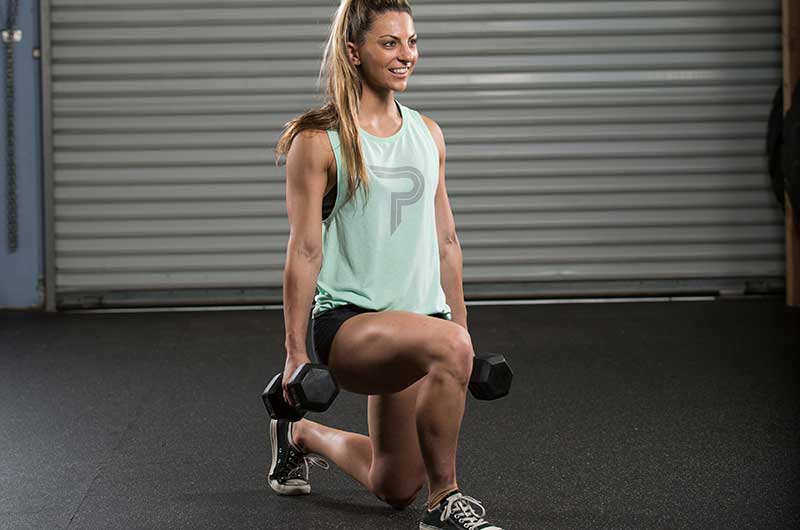
Coming back from an injury can be challenging and frustrating, but don’t let it get the best of you. Take your time, stay consistent with your workouts and recognize when you need help. Consult with personal trainers, physical therapists and your doctor; and follow these fitness tips to get back to your fitness routine.
Form and Function
Proper exercise form is always important, but is absolutely essential when coming back from an injury. At the very least, review the correct form for any exercise that involves the previously injured spot. If you have any questions, consult one of the personal trainers at your gym. You can search for ACE Certified Professionals in your area here.
Regardless of the exercise, these cues will help you maintain good form:
1. Keep your spine long. This ensures good posture without overcorrecting.
2. Relax your shoulders. Stress and computer time make shoulders tight. Let go of that stress and your shoulders will sit naturally.
3. Move from your hips. During full-body and lower-body exercises, movement initiates from your hips. Keep your spine long and move from the hips to avoid lower-back involvement.
Choose the Right Exercises

It can be hard on the ego to take your exercises down a notch, but that is exactly what you need to do when returning to workouts post-injury. Either choose an exercise that is less challenging than the exercises you did pre-injury or choose to limit the weight and range of motion of the exercises.
For instance, when coming back from a knee injury, decrease the weight of your squats and then only squat down as far as you can while remaining pain-free. When first coming back, you may even want to remove the weights altogether and limit yourself to bodyweight exercises.
Then, every time you do squats, test your range of motion to see if you can get a little lower without pain. Over time, you’ll be able to reach full range of motion. You can then safely increase the amount of weight you are lifting.
Pain is Your Friend
Pain is your body’s way of letting you know that something is wrong. Stay away from painkillers before your workout so you can listen to your body. If your injury site hurts while you are working out, you are doing more harm than good. Notice pain during an exercise? Try any or all of these tips:
1. Limit your range of motion to stay in a pain-free range.
2. Switch to a different, pain-free exercise.
3. Decrease the amount of weight you are using.
This can be the tricky part of getting back to workouts. If you have a limited knowledge of exercise modification or variety, you may have a hard time finding a pain-free exercise that also strengthens the previously injured area. When that happens, it is time to find a physical therapist who has strength training knowledge or a personal trainer who has injury recovery knowledge.
Active Recovery is a Must

Active recovery post-workout can mean several things depending on your goals. Post-injury, I recommend the following:
- Because most of us can’t afford a weekly massage, use a foam roller to provide deep-tissue massage to the muscles around the injury.
- Cryotherapy is actually just ice! Though there are popular and expensive cryotherapy treatments available, a post-workout ice pack for 20 minutes or a swim in a cold pool are great ways to get the benefits of the cold.
- Stay hydrated and eat well. Make sure you are drinking enough water every day and getting the nutrients you need for your exercise level.
- Make an extra effort to stretch. End your workouts with a foam roller and stretch routine for the muscles surrounding your injury. Focus on deep, long stretches. Hold the stretch for at least 60 seconds. Again, maintain a pain-free position. For help finding great stretches, try a gentle or restorative yoga class.




 by
by 






 by
by